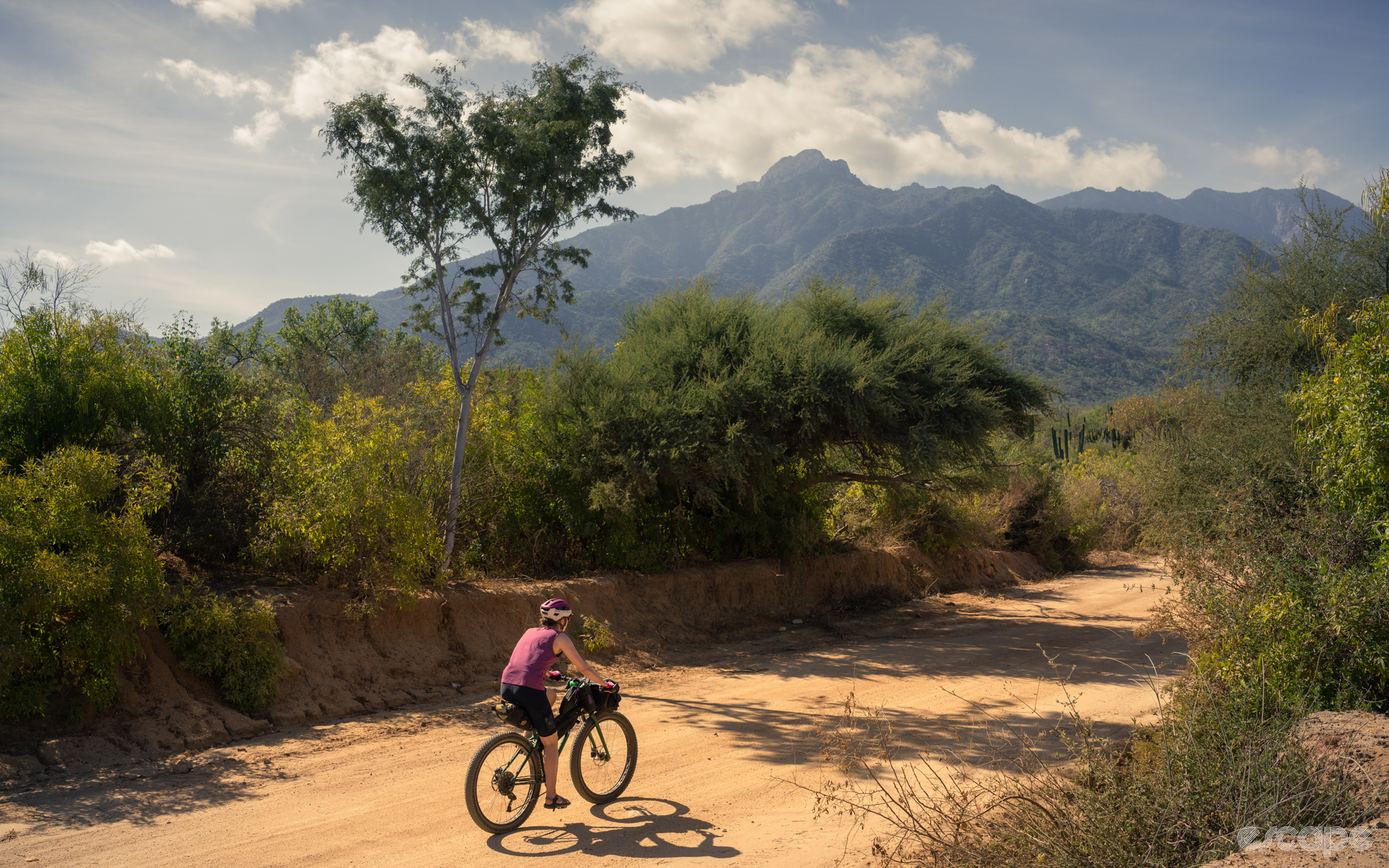There was little need to rush, so we lingered over breakfast. We’d just finished our first plate of chilaquiles verdes – breakfast nachos – and refilled our coffees. It was still too cold to ride, and the sun had only just crested the mountains surrounding the town of El Triunfo.
We pedaled down cobbled streets, trying to imagine this town during its peak. It used to be the biggest city in Baja, Mexico. During the gold boom, its population hit 10,000, and it was the first city on the peninsula to install electricity and telephones. The town feels almost forgotten today.
It’s small by any definition, counting just over 300 residents, and offers just a few small tourism businesses and museums. We only visited by chance, booking the only available Airbnb to split the long ride between Todos Santos, on the Pacific coast, and La Ventana, on the Sea of Cortez, over two days. We wanted to appreciate more local history before rejoining Baja’s modern gold rush – tourism – along the coast. Sadly all three museums were closed for the day, so we left.
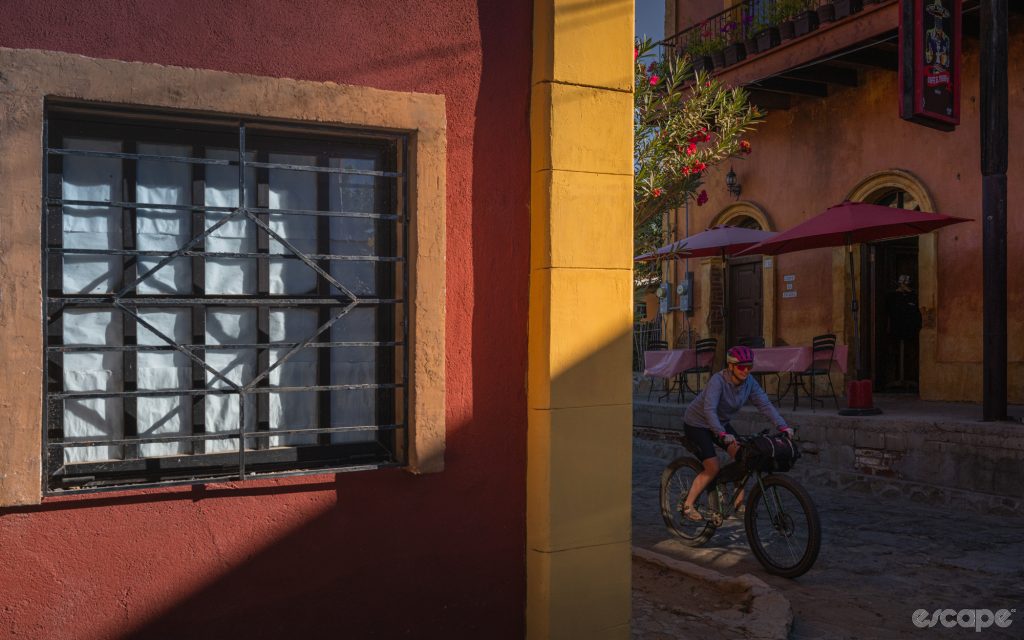
It was our third day on the bikes since leaving San Jose del Cabo to follow the Cape Loop clockwise around Baja California Sur, and we had settled into our rhythm. We anticipated a leisurely day on the bikes because it is just 58 km from El Triunfo to La Ventana, and the route falls from 480 metres to sea level.
After a short stint on pavement, we turned onto a dusty ranch road and started towards the eastern coast. The riding was even faster than expected; the gravel was firm and smooth. After a short climb to the day’s high point, we plunged downhill. We were just 8 kilometres from the paved road that would take us into La Ventana when the road turned to sand. Despite our 3″ (75 mm) tires and the steady descending grade, our average speed dropped abruptly. We averaged 4 km/h for 8 kilometres.
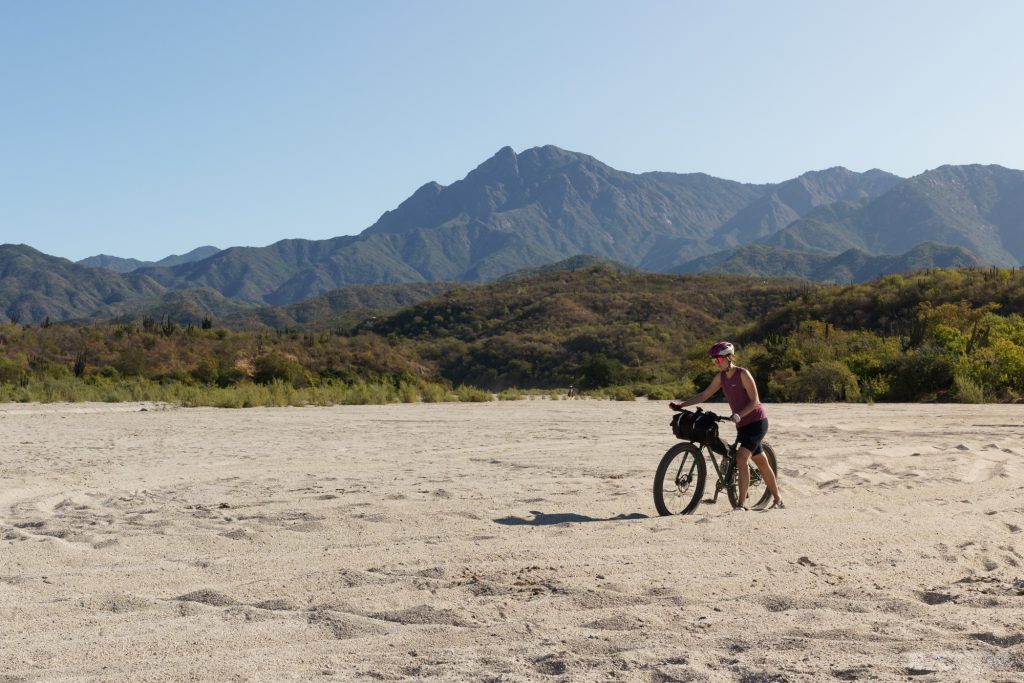
When we finally reached the town, we stopped at the first non-descript taqueria that met our criteria of al pastor tacos and plastic chairs on the sidewalk that would let us keep an eye on our bikes. The beer was cold, cheap, and self-serve from the nearby gas station. We were halfway through the Cape Loop, and Christmas was just days away.
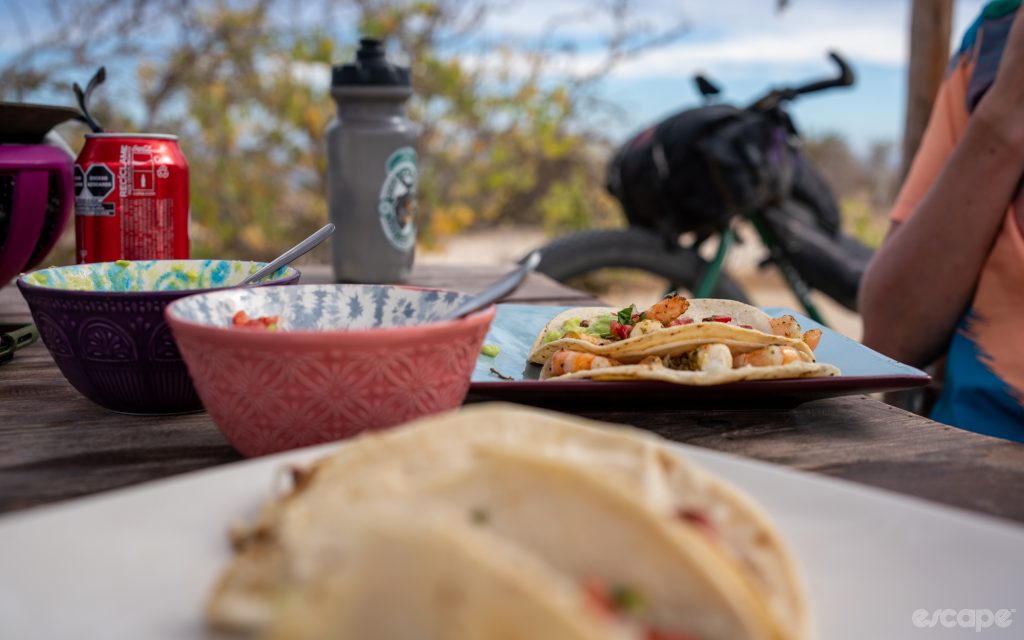
The idea for the trip started before we’d even thought about Mexico. When I wrote my wedding vows seven months earlier, I promised to learn the difference between a trip and a vacation. It was a joke pointed directly at my habit of turning time away into exhausting adventures with prolonged recovery times. Our last two international trips – thru-hiking across the Balkans and bikepacking the Carretera Austral – involved ER visits.
When we decided on Mexico, our goal was to enjoy our first trip outside Canada together since the pandemic began. Ainsley joked about calling the vacation “Tacos in Chacos”. Her word choice, “vacation”, didn’t go unnoticed. We had a reputation to repair. We fully leaned into the trip theme, restricting our footwear choice to Chacos. It might seem trivial, but we had never ridden flat pedals, and I had never worn Chacos.

While planning, we aimed to keep the pace light, eat too many tacos, and sleep indoors. We divided the route into six days and booked Airbnbs near the beach. Unfortunately, we miscalculated distances initially, and our first day leaving San Jose Del Cabo would be the biggest. It wasn’t just the biggest of this route but also the longest ride, mixed with the most elevation, of our entire 2022 season.
We teetered back and forth between our definition of a trip and a vacation. Every unrelenting climb, like the neverending slog up Los Naranjos, was rewarded with a beach day watching humpback whales breach just offshore. Stress about where we would refill our empty bottles was relieved with bottomless mezcalitas. The most scenic coastal ride of our lives, from La Ventana to El Cardonal, transitioned into a try-not-to-choke dust-filled ATV speedway closer to Los Barriles, where we settled into a perfect beachside retro RV for Christmas.

Baja California Sur itself felt like it sought balance to a more existential question about its only thriving industry. Tourism had brought prosperity and security across the region; however, foreign buyers drove up property prices and transformed ranch towns into resorts.
Each town’s character seemed tied to its approach. El Pescadero and Todos Santos were surf towns built by vacation homeowners. El Sargento and La Ventana, renowned worldwide for kitesurfing, still felt inherently local despite the overwhelming number of kites in the air. Los Barriles advertised itself as the place to rent side-by-side ATVs and echoed with revving engines. A bit further south, Cabo Pulmo was an off-grid community built around protecting and sharing the Cabo Pulmo National Marine Park.
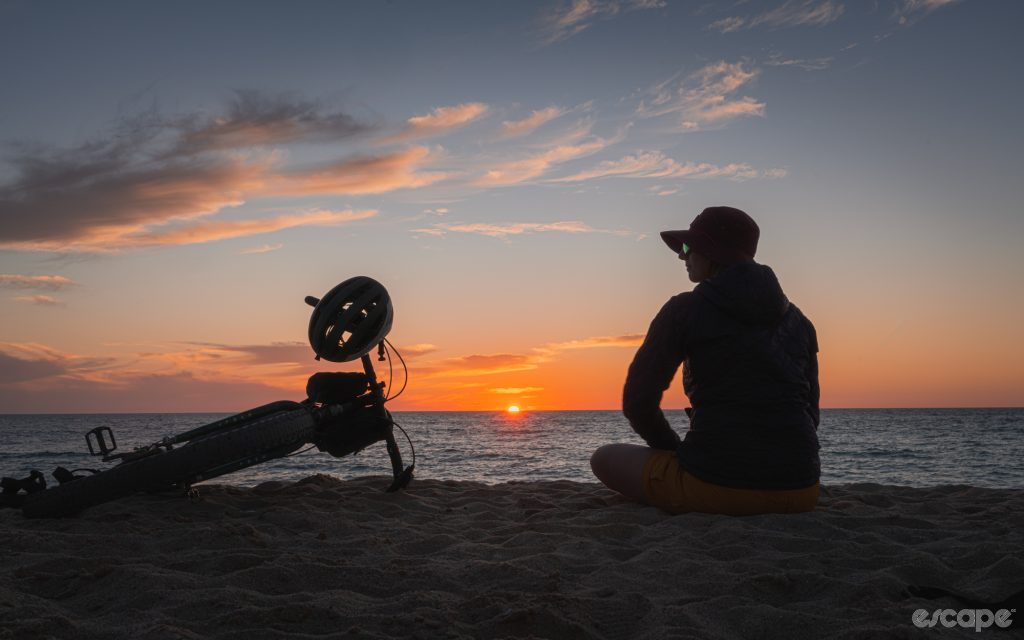
South of Los Frailes, we ignored our pre-planned route that crossed back over the mountains towards the Los Cabos International Airport. Instead, we followed the coastal road south. After two days of empty beaches and quiet roads, each kilometre carried us closer to the crowded streets in San Jose del Cabo.
Every beach seemed to have more sprinter vans than the last. Vacation houses in communities with names like Nueve Palmas and Castillo de Arena became frequent. Reaching La Fortuna, a small town with the first surf break we’d seen since leaving the Pacific coast, we crossed a distinct line. Behind us lay the rural beach town feeling, which drew us to Mexico. In front of us lay the resort corridor that stretched uninterrupted to Cabo San Lucas. La Fortuna existed in both worlds.
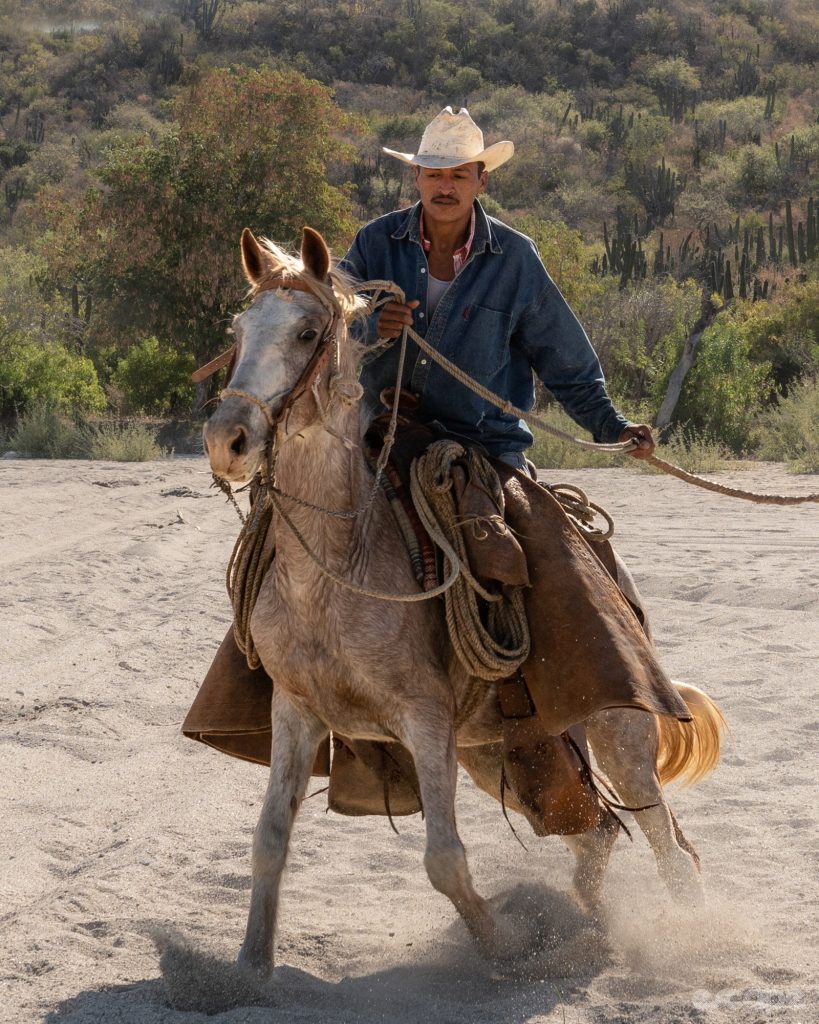
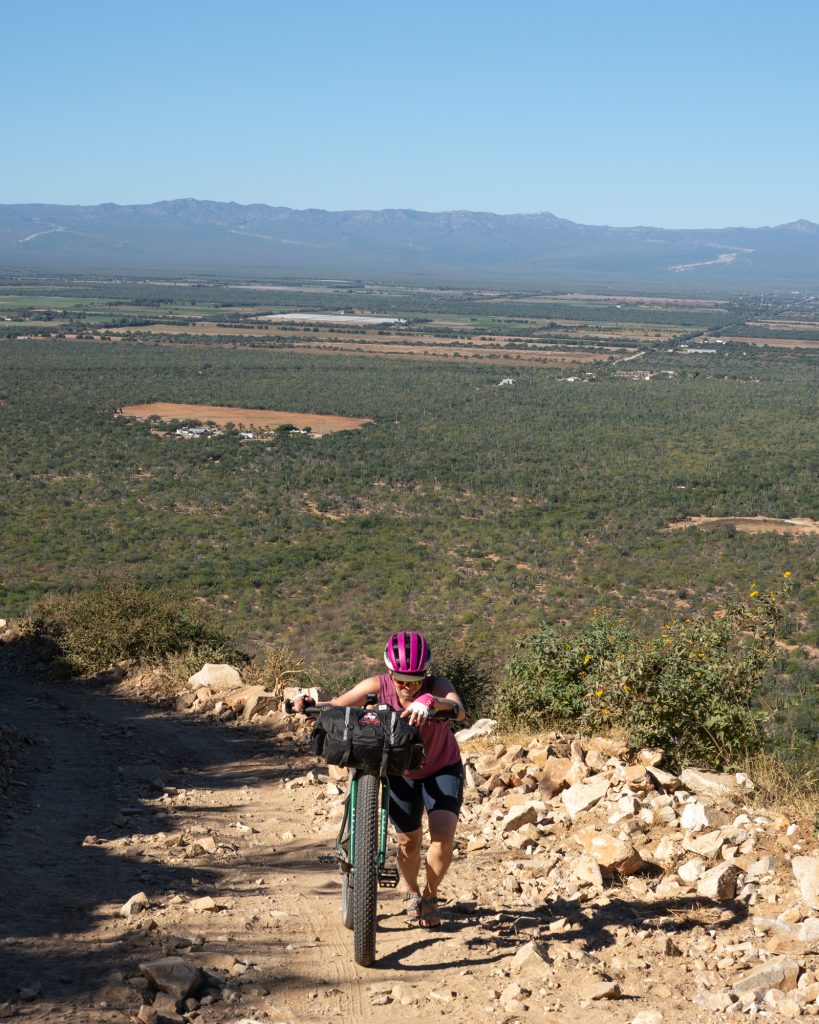
Before pressing on to the city and our return flight, we desired one last beachside break. We passed the crowded sushi restaurant and rowdy-looking surf bar in favor of Restaurante La Fortuna, a restaurant built inside a converted school bus. Victor worked the kitchen and cash register alone, serving up a half dozen fish tacos and two cokes within minutes.
We didn’t look forward to the paved roads and busy traffic that lay ahead, but they wouldn’t impact our mood. We’d hit the perfect balance between a bikepacking trip and a Christmas vacation.
***
What you should know
Getting started
The Cape Loop, the southernmost section of the longer Baja Divide, is a 455 km/283-mile bikepacking route connecting the Sea of Cortez and the Pacific Ocean between La Paz and San Jose del Cabo, Mexico.
It’s easiest to begin at the southernmost point, where the route passes within sight of the Los Cabos International Airport. Overnight guests at the simple Hotel Cactus Inn can store bike boxes for free; however, far more options exist in nearby San Jose del Cabo. It’s critical to make storage arrangements in advance because not all properties will agree to housing your bikes.

Where to stay
Personal preference and budget are the only constraints when planning where to stay along the Cape Route. There’s everything from free beach camping to five-star resorts. Airbnb and Booking.com are both widely used for private stays outside the main resort areas.
Baja California Sur is widely considered safe and wild camping is prevalent along its beaches. Overland vehicles, Sprinter vans, and tents were familiar sights outside most towns. As with any wild camping, the best practice is to leave it cleaner than when you arrived.
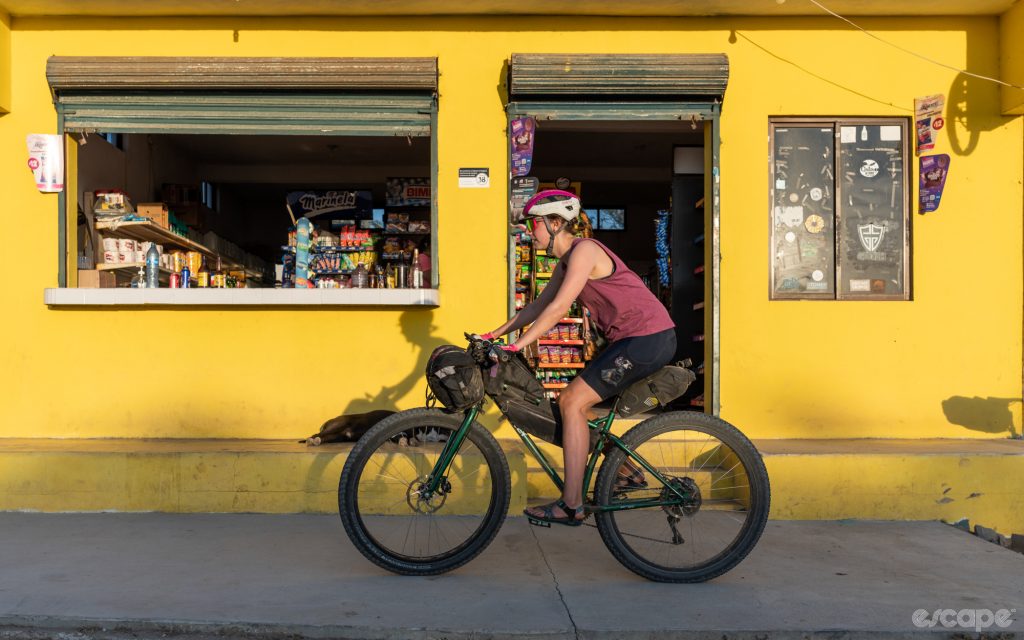
Food and water
Riding speed and water combine to create the most significant challenge along this route. It’s easy to run dry so it’s critical to carry enough water to reach the next town. Rivers are scarce; we only found a suitable water source twice, which we treated with Pristine chlorine tabs.
When planning water, recognize that although the distances are relatively short, soft riding surfaces equate to slow speeds. Our rides often took 25-50% longer than anticipated. Road quality varied from hard gravel to soft sand, often at random, but generally, roads tended to be firm and fast above 150 metres of elevation and extremely slow below that.
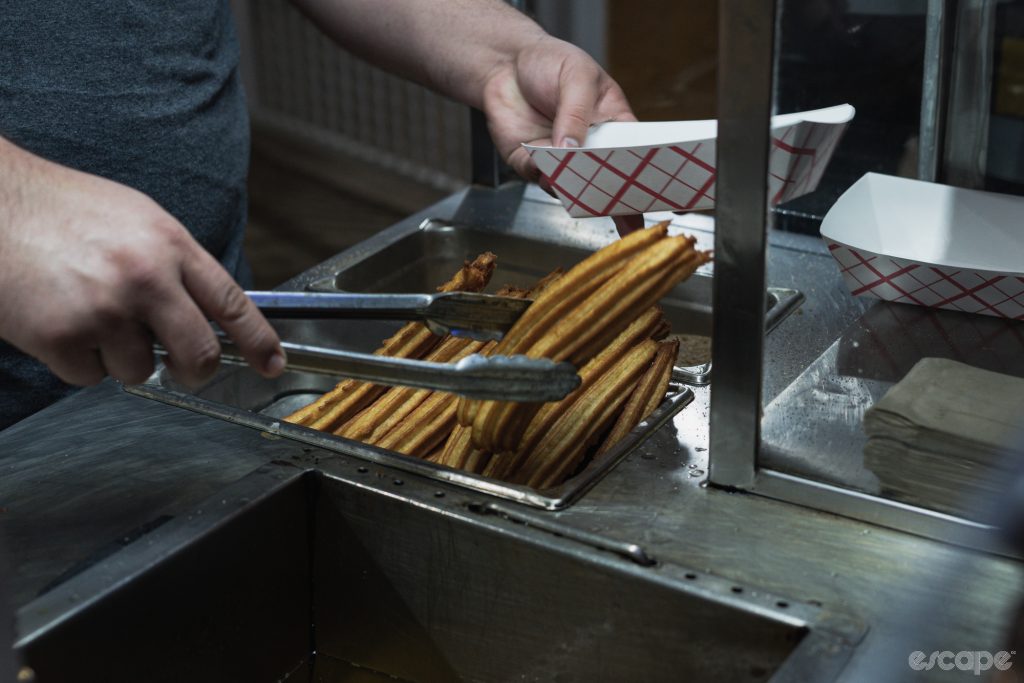
Food is easy. Of course, tacos are on every menu, but the variety counts. Expect plenty of fish, shrimp, beef, and pork options. Other typical dishes throughout Baja include ceviche and papas rellenas – roast potatoes covered in taco ingredients and topped with cheese. Breakfast menus include expected staples, like huevos rancheros and burritos, and chilaquiles rojos or verdes, which are breakfast nachos.
Gas stations and convenience stores are abundant and make resupply easy. Expect standard gas-station staples, fresh tortillas, beans, packaged cookies, fresh vegetables, and fruit.
Follow the link to see the route Jeff and Ainsley’s followed during their adventure.
Gallery
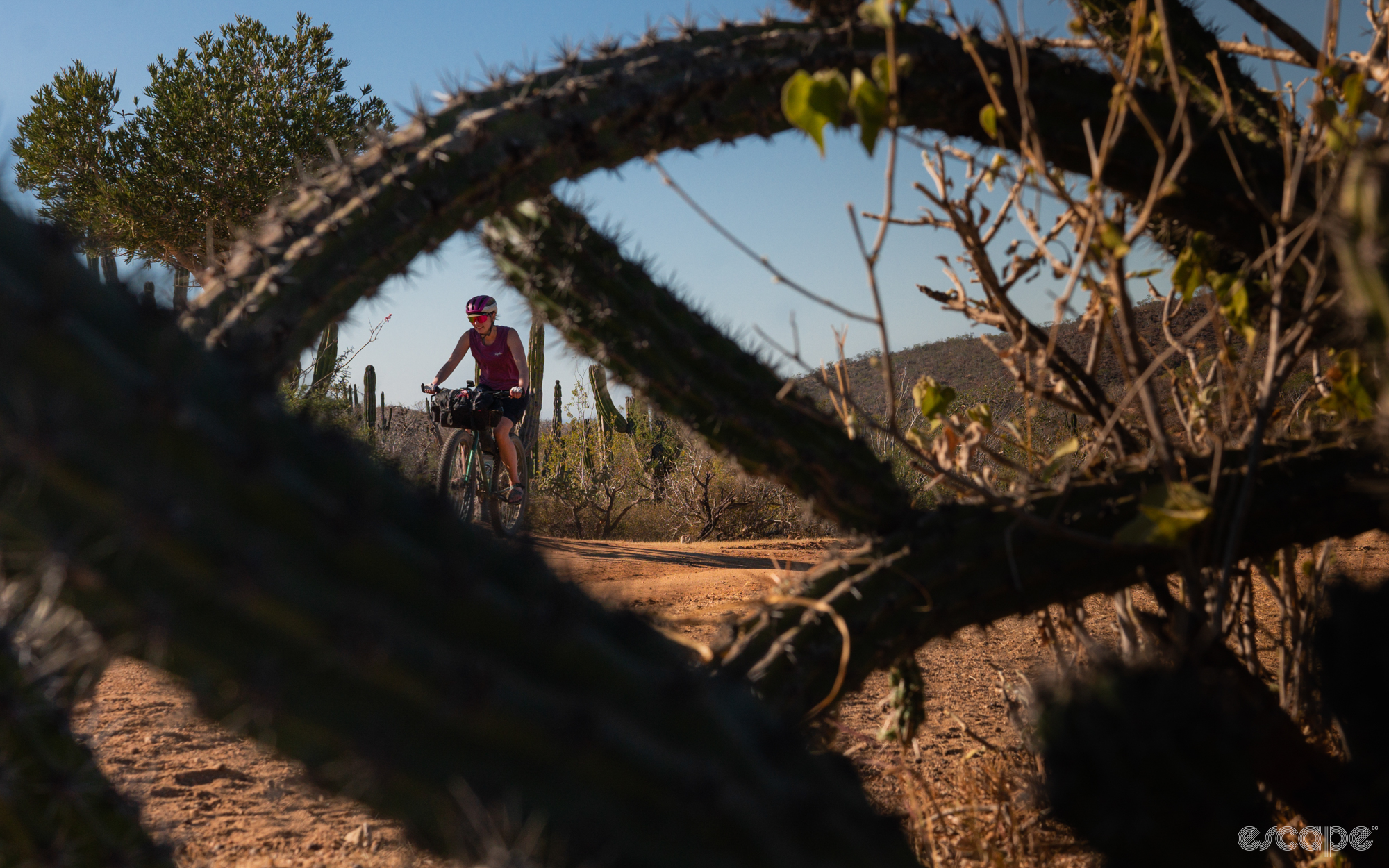
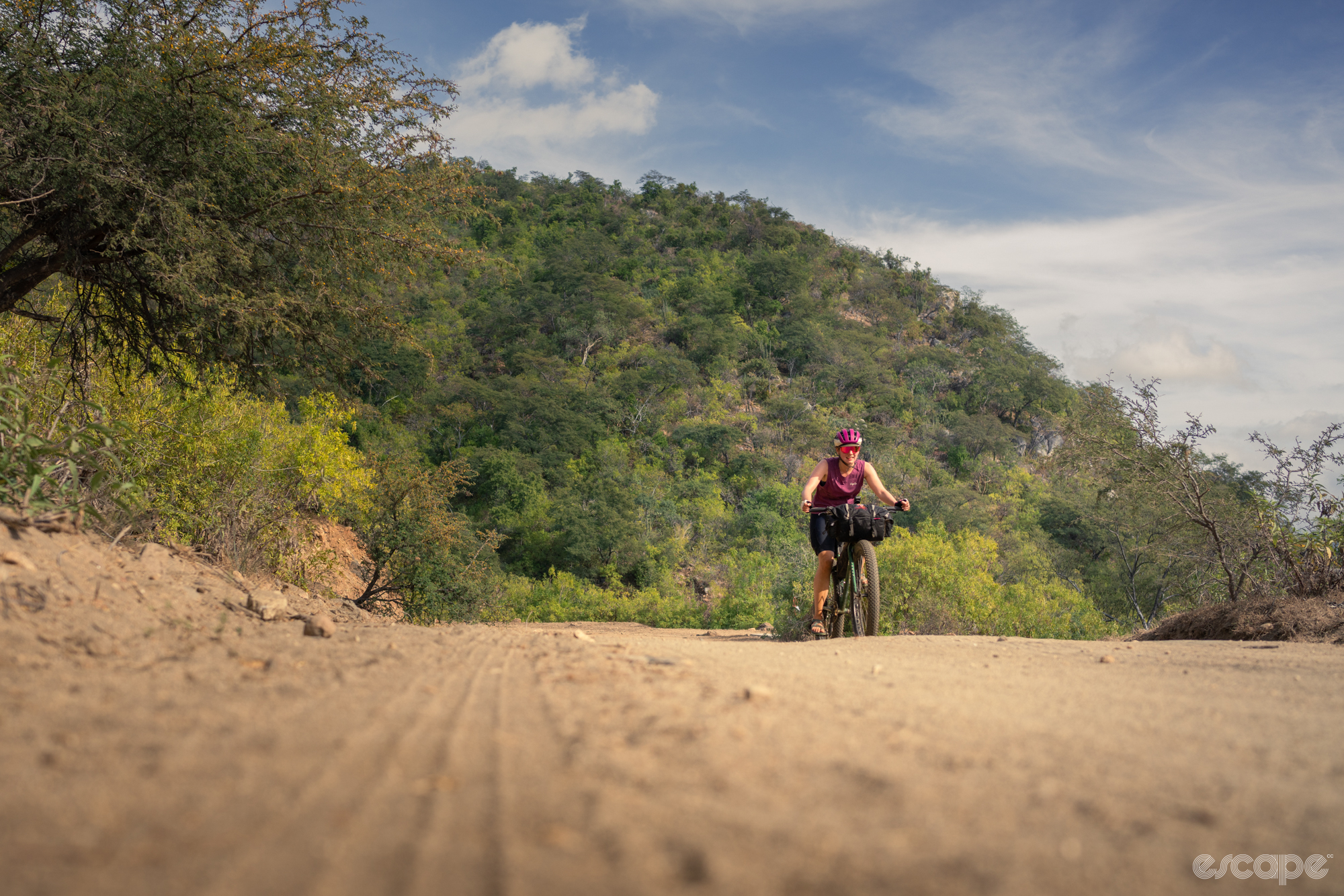
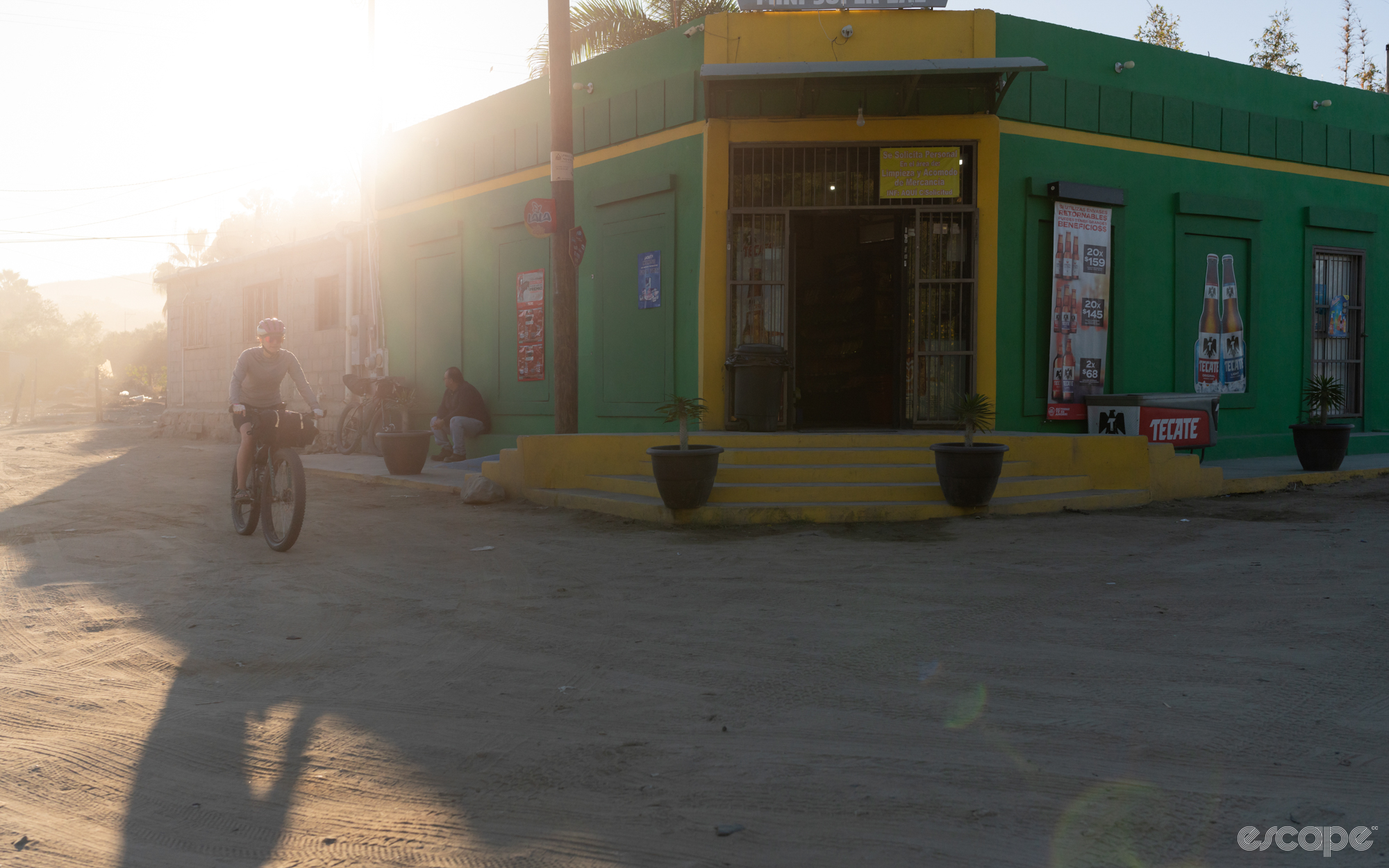
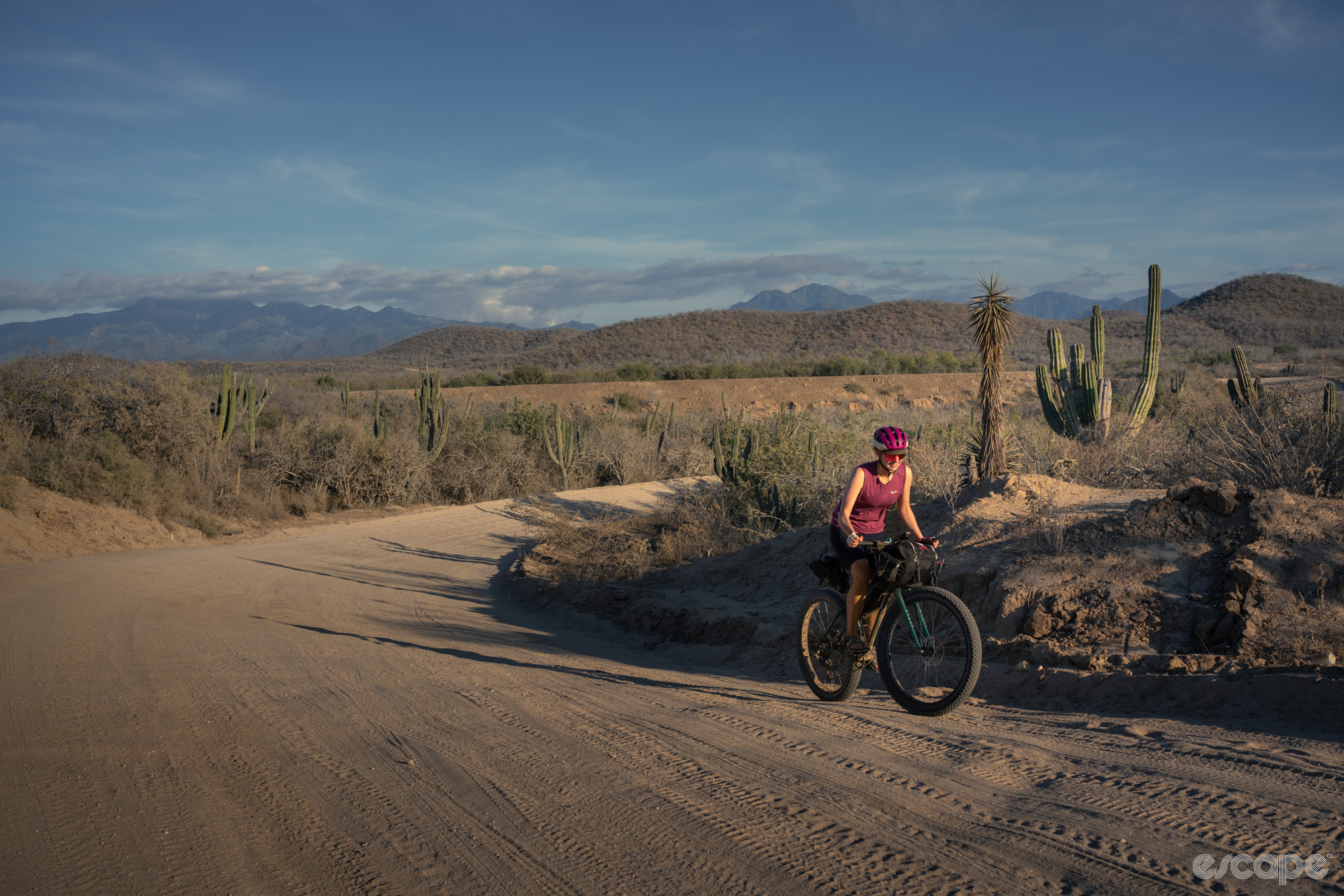
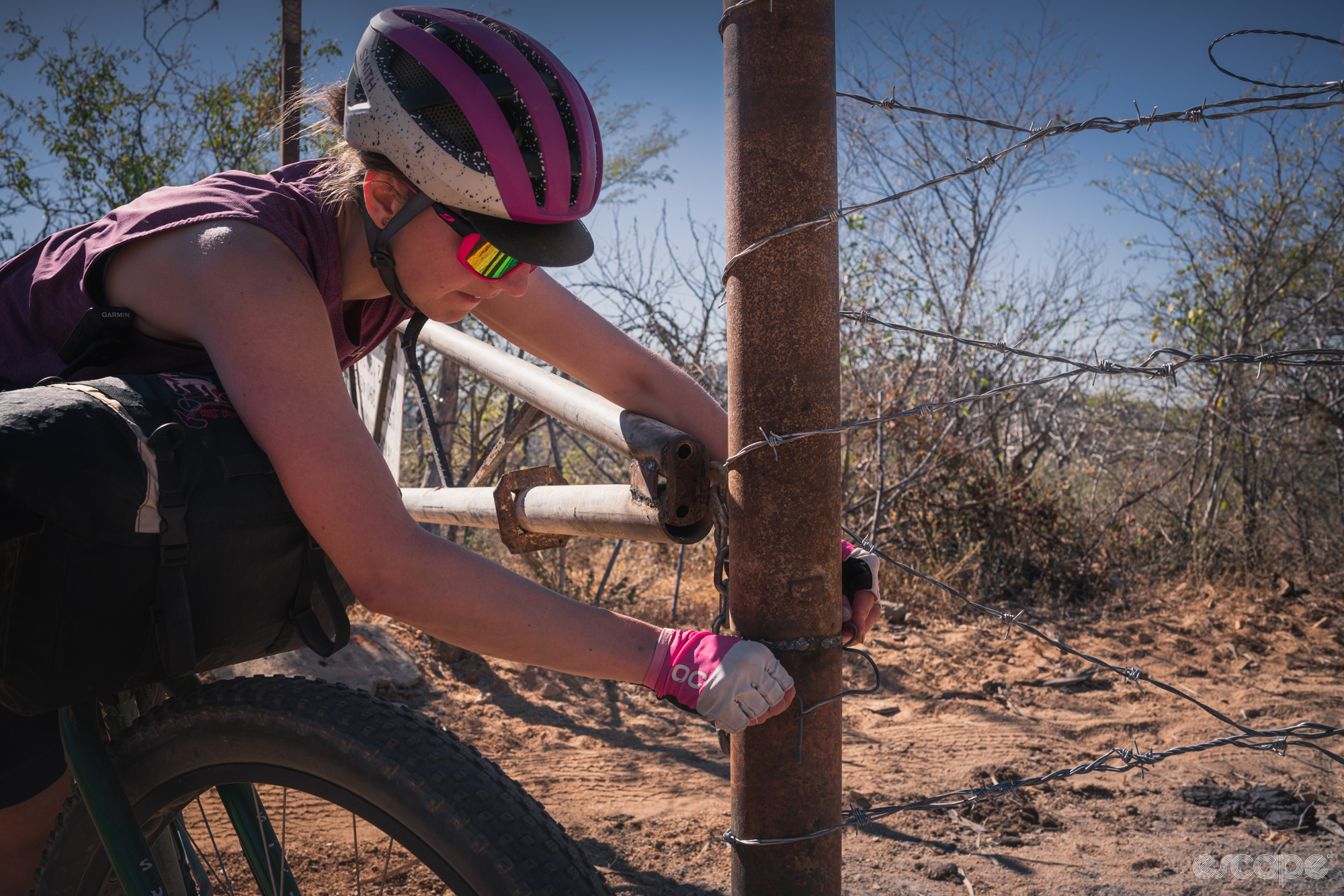
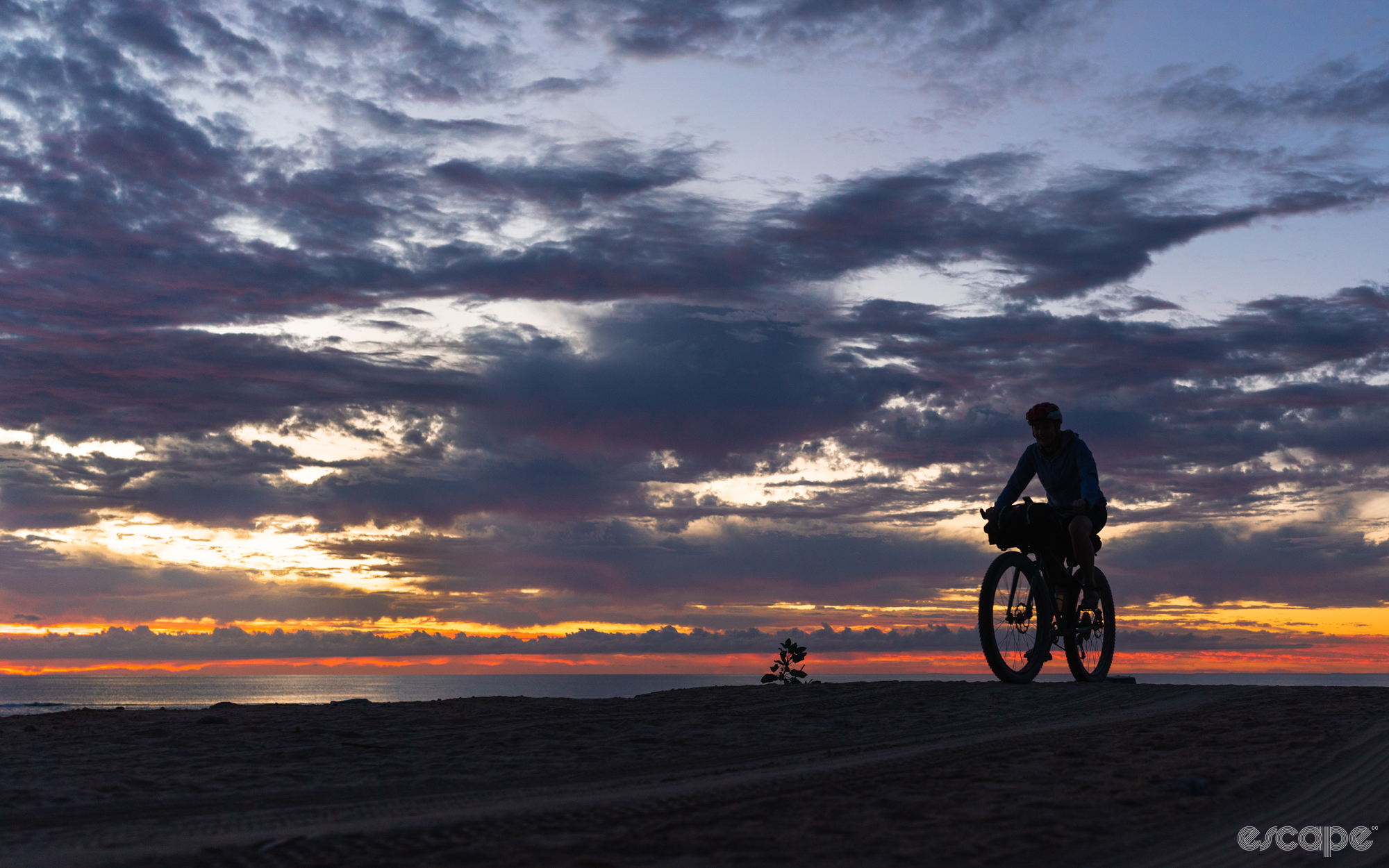
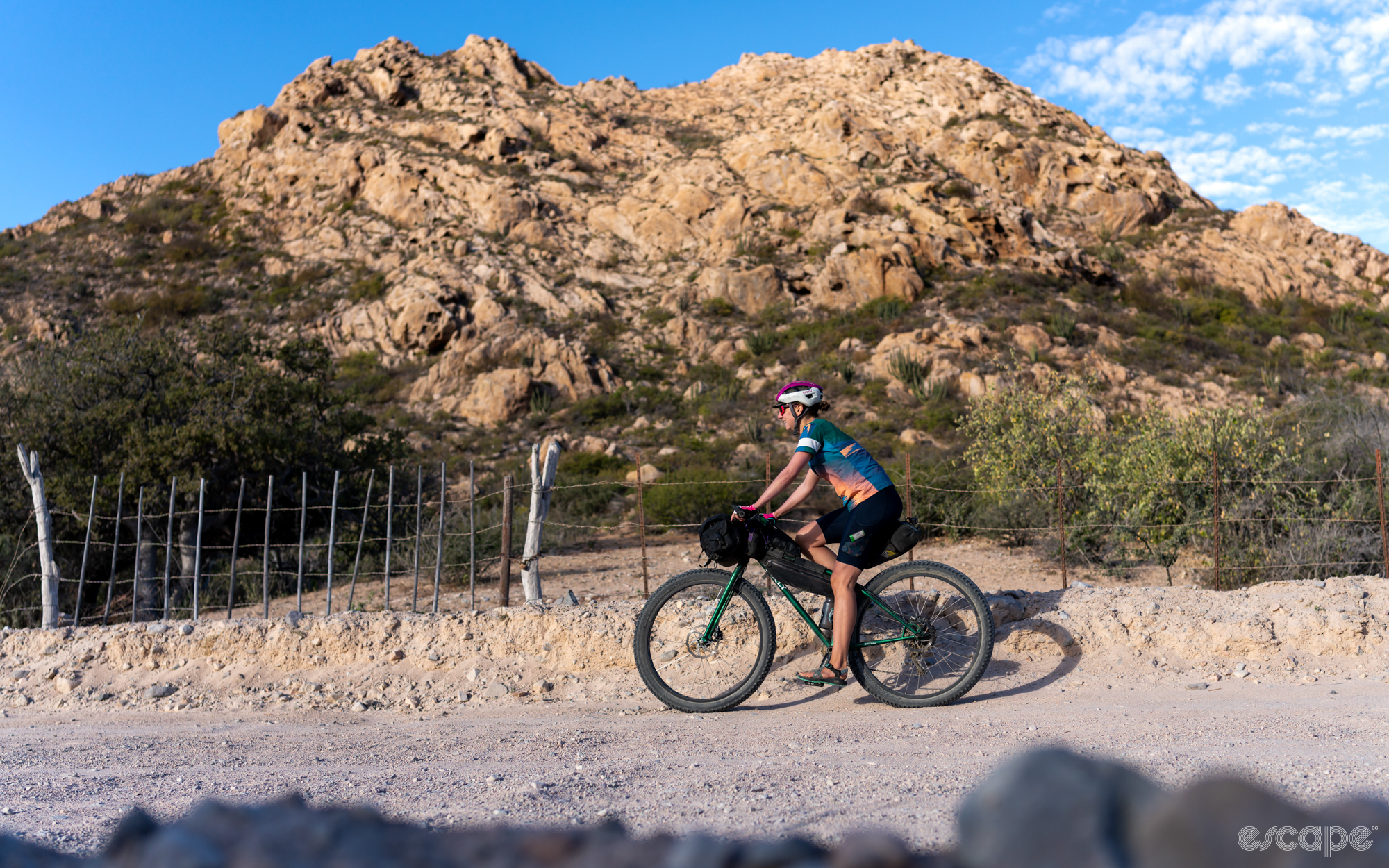
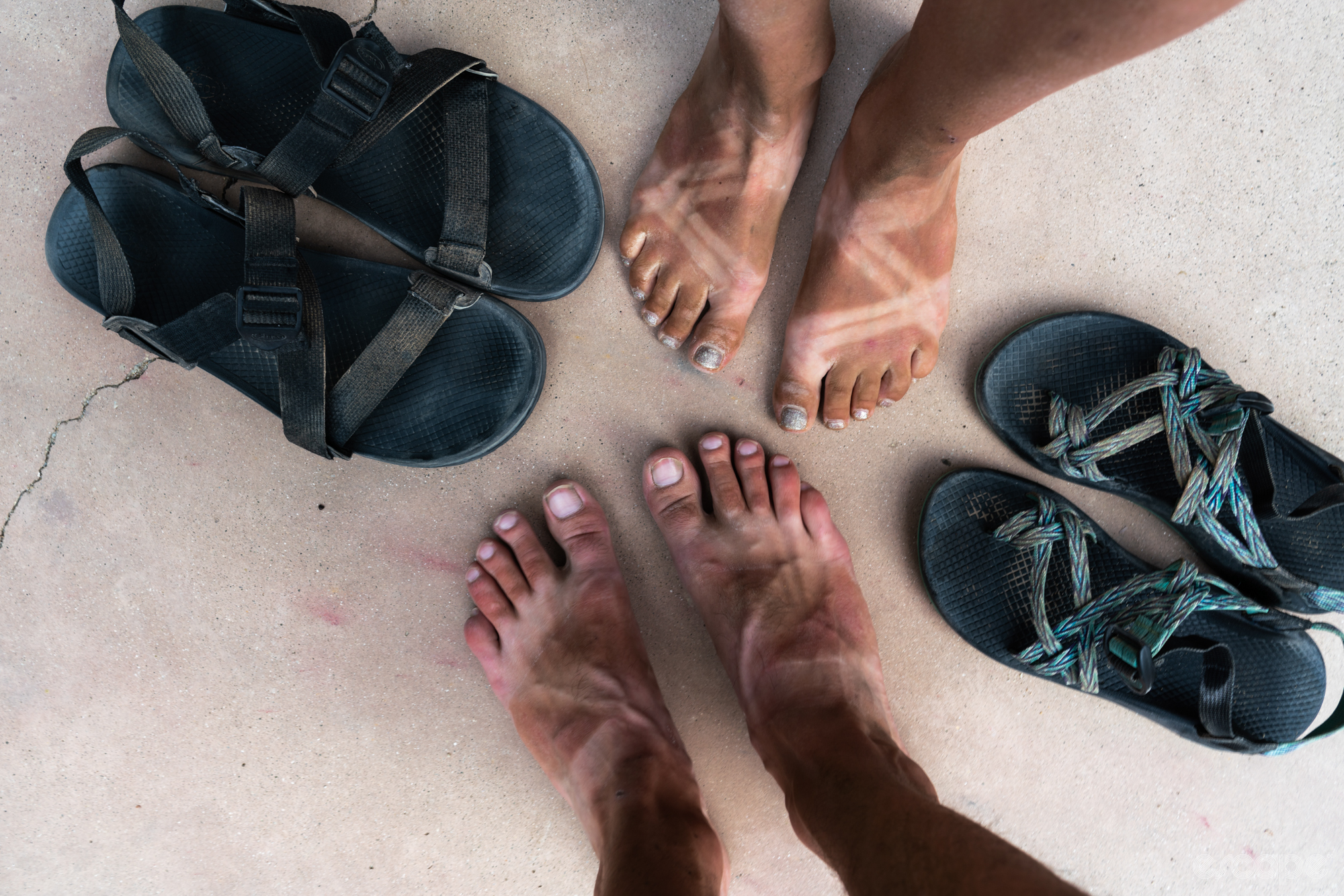
What did you think of this story?

